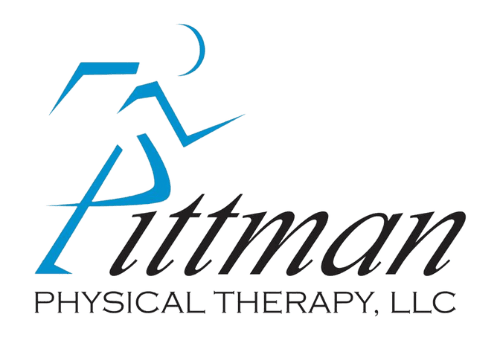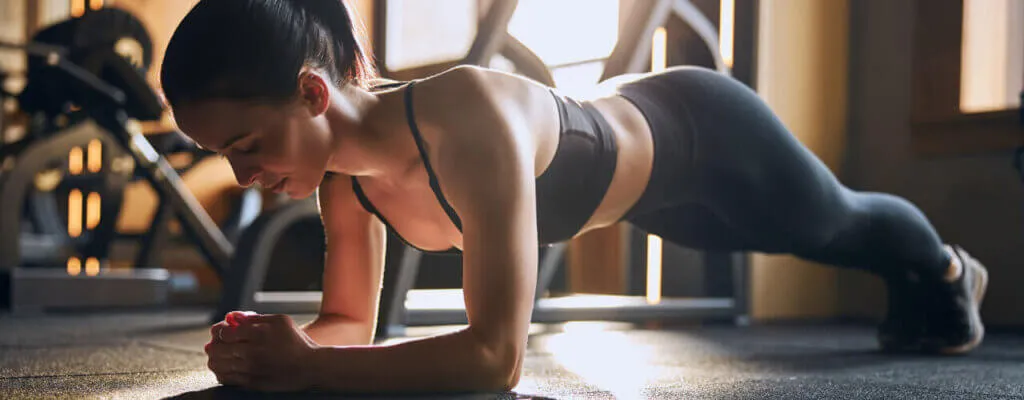Core strength training is an essential component of physical therapy. The muscles in your core assist in anchoring your center of gravity, allowing you to balance yourself. Your core muscles play an important role in keeping you balanced whether you’re sitting, standing, or running.
A weak core can make you feel shaky and unbalanced. Physical therapy, fortunately, can help strengthen your core and, as a result, improve your balance.
Are you looking for a way to improve your equilibrium? If this is the case, please contact us right away to learn more about how our core strengthening services can help you.
How are balance and core strength connected?
Before you can work on core strength, you must first understand where your core muscles are located. Many people will believe they are exercising their core muscles when, in fact, they are exercising their upper abdominal muscles. These muscles are important for core strength, but they aren’t the ones you’re looking for.
The transversus abdominis muscles, which form the “pelvic corset,” are located in your pelvis, hips, and lower back. These are your exclusive core muscles. These core muscles act as natural stabilizers for your body, constantly adjusting in response to nerve cells called “proprioceptors,” which provide you with your sense of spatial awareness.
As your core strength increases, you will be able to maintain your balance much more easily. When your muscles are weak, it is more difficult to balance yourself from your center of gravity. This increases your chances of falling and can impair your arm and upper body movements. Back pain, difficulty rising from a seated position, and incontinence are all signs of an unstable core.
What are the benefits of physical therapy?
Our physical therapists are highly trained and committed to assisting you in improving your balance through core strengthening. When you arrive for your first appointment, your physical therapist will perform a thorough examination of your stance, gait, balance, and core muscles. This will aid in determining the source of the weakness and will serve as the foundation for your treatment plan.
Your treatment plan will be tailored to you and your specific requirements. Your treatment plan may include one or more of the following therapeutic modalities:
- Stability boards. Physical therapy balance boards are characterized by a flat top and a curved bottom. Standing on these devices and working to maintain your balance can help you improve your core balance significantly.
- Gentle exercises. Depending on the severity of your balance issues, it may be best to begin your treatment plan slowly. Your physical therapist may advise you to start with gentle and safe exercises like leg lifts or pelvic tilts. These exercises can help to strengthen the muscles in your back, pelvis, and abdominal core.
- Abdominal exercises. These may include pushups, situps, and crunches. Abdominal exercises help to strengthen the abdominal muscles, which work in conjunction with your core.
- Tai chi. Tai chi is a Chinese martial art practiced in slow motion. The poses and transitions used in this practice can assist your body in developing the core muscles required to maintain the necessary stability from one move to the next.
Contact Pittman Physical Therapy today to improve your balance!
Do you struggle to maintain your balance during the day? If this is the case, please contact Pittman Physical Therapy as soon as possible. We’ll teach you the core strengthening exercises you’ll need to get back on your feet!



